We arrived at the start fashionably early (or as Vicki would say, “ridiculously early”). But registration was open, so it wasn’t as early as I usually arrive. The weather was quite warm, the wind was still and it wasn’t raining. But the Round the Mountain gods have fooled us before so there was still a lot of discussion of clothing options. And sure enough, about fifteen minutes before the start the wind did pick up quite a bit – but not enough to require a clothing change, just enough to make me glad I’d decided on the V10 Sport instead of the V12.
I appeared to be attracting some attention with my head mounted GoPro as well as my two boat mounted cameras. I’m hoping I can make a good video from this, but unfortunately the head mounted camera and the one just behind me got discombobulated at the portage and the other one’s battery didn’t last much beyond there. So I’ll see what results.
At the start I lined up between Jim Mallory and Matt Skeels in an act of huge optimism. Pete Gugel and Roger Gocking were lined up well on the other side of the start line and I probably should have been near them. At the gun Jim and Matt took off like a shot. A couple of canoes got ahead of me as I was accelerating, but I quickly started moving up through them. I could see Pete surging ahead and Roger trying to keep with him. In a short time Pete was out front and I and a C-2 were fighting for his wake, with Roger on the C-2’s wake. I won the fight and got Pete’s wake. Just as my GPS beeped at the 1km mark, I pulled ahead and said to Pete that I’d pull for a while. I think we had a gap on the canoe by then. I could see Jim and Matt well ahead, and we were passing a bunch of NPCs from the first wave. (“NPC” is a gaming term meaning “non player characters” – in online games they are bots, in a kayak race they are people who aren’t relevant to your category. In either case, you may be able to use them, but mostly they’re just obstacles to be worked around).
After another kilometer, I started glancing back to see if Pete was still riding my wake and wondering if I should ask him to take a turn. But at the 4 kilometer mark, Pete said “if you want me to take a turn, you’re going to have to slow down, I can’t pull at this pace”. Well, I felt great and I didn’t want to slow down, so I kept leading.
We headed into the river. We’d been warned that the water level was low this year, plus I was in a different boat that both had an under stern rudder and was considerably more fragile than my old Thunderbolt, so I was being cautious about taking short cuts out of the channel. It added a little bit here and a little bit there – overall my GPS track was about 300 meters longer than last year. At one point this very heavily laden power boat came in the other direction, and its wake caused a little consternation, both to me and this women’s C-4 I was just passing when the wake hit. I heard Pete saying something to them and so I first became aware that I had a small gap on him. I didn’t hear what he said, but he’s a single guy and it was a boat full of women, so I assume they were trading telephone numbers. I wanted to keep this gap, so I started pulling even harder. I also took a few risks on cutting inside the channel markers, one time nearly hitting a rock because of it.
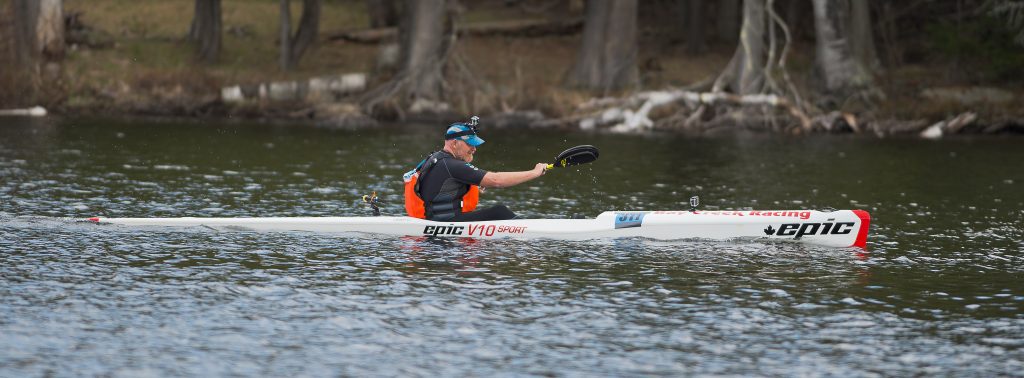
Going under the bridge, I could hear Vicki cheering for me so I attempted to turn towards her and make a big fake looking smile, knowing there was very little chance she’d be able to see it. I was listening to hear from the cheering whether I still had a gap on Pete, but I couldn’t tell.
In the small lake that comes after the bridge (imaginatively named “Second Lake” because there is another small one before the bridge named “First Lake”) there was a guide boat rowing for all his might. I couldn’t remember how far it was from there to the portage, but I was damn sure I didn’t want to be behind him on the portage trail because those trails are narrow and those guide boats are wide and heavy, so I pulled past him. I tried to ask him whether Pete was still nearby but I don’t think he understood my reference to “my passenger”. Afterwards Pete told me he’d gotten information about how far back the kayak behind him was, which was over 30 seconds. I hadn’t heard that conversation at all, so I still don’t know where Pete was in relation to me at that point. Both of us were assuming at this point that the only kayak that could possibly be threatening us from behind would be Roger, but we found out afterwards that Roger had had a mechanical problem and pulled out of the race at the bridge. There is a large bald dude with a beard who paddles an Epic 18x (same boat as Roger, but Roger’s is so old and beat up it’s more patch than boat now) who won Touring class, so he was probably who the one the guide boat was seeing.
Nearing the portage, I hear Pete right behind me asking where the take out was, so I knew he’d made back up whatever gap I’d had before. I resolved to do a good portage, just like I’d been practicing. It went pretty well, all things considered (except some discombobulation of the cameras that I referred to earlier). The only war canoe in the race was just ahead of us at the top of the hill and I was a little perturbed because they seemed to be stopping to sort things out, but they actually pulled off the trail a bit to let me and Pete go by. The descent wasn’t the slippery mud that it has been in previous years and I didn’t have to worry about dropping my fragile boat.
I paddled off with maybe 10 meters lead on Pete. I knew there was a possibility that Pete would now ride my wake to the finish, and then out sprint me – not that he isn’t a great guy, but racing is racing – so I had to shake him. There was a pontoon boat just coming out of the lock, so I got on his wake to recover a bit from the portage, but as soon as Pete caught up, I took off passing the boat – I wanted to deny him a chance to recover. I got a small gap again, but Pete closed it by taking a shortcut through some stumps while I stayed in the channel. I pointed out to him the famous “sneak” that I wouldn’t be taking this year because of the low water. I don’t think Pete took it last year. We could actually see other competitors through it, though – probably the C-4 that ended up winning.
I had opened up another small gap when we encountered a C-4. I did the same thing I’d done with the pontoon boat, and I think Pete opted to take a bit of rest rather than chasing me right away, because I now had a gap that I could keep. For the last couple of kilometers, I just paddled a hard steady tempo and concentrated on not slowing down. I passed a Lake Placid canoe very close to the end. For some reason, Lake Placid canoes seem to the only canoe that is paddled by people with kayak paddles – I’ve never seen another canoe paddled with a kayak paddle except maybe a Ruston Wee Lassie, and I’ve never seen a Lake Placid canoe paddled with a single bladed paddle. He was working hard and throwing out quite a nice wake. I called to him as I passed that if he got a racing kayak he’d be amazing.
Looking at Vicki’s video of the finish, it appears Pete never actually got past the Lake Placid canoe. But it was a darn close finish and I’m really going to have to keep working hard if I want to fend him off in the future.
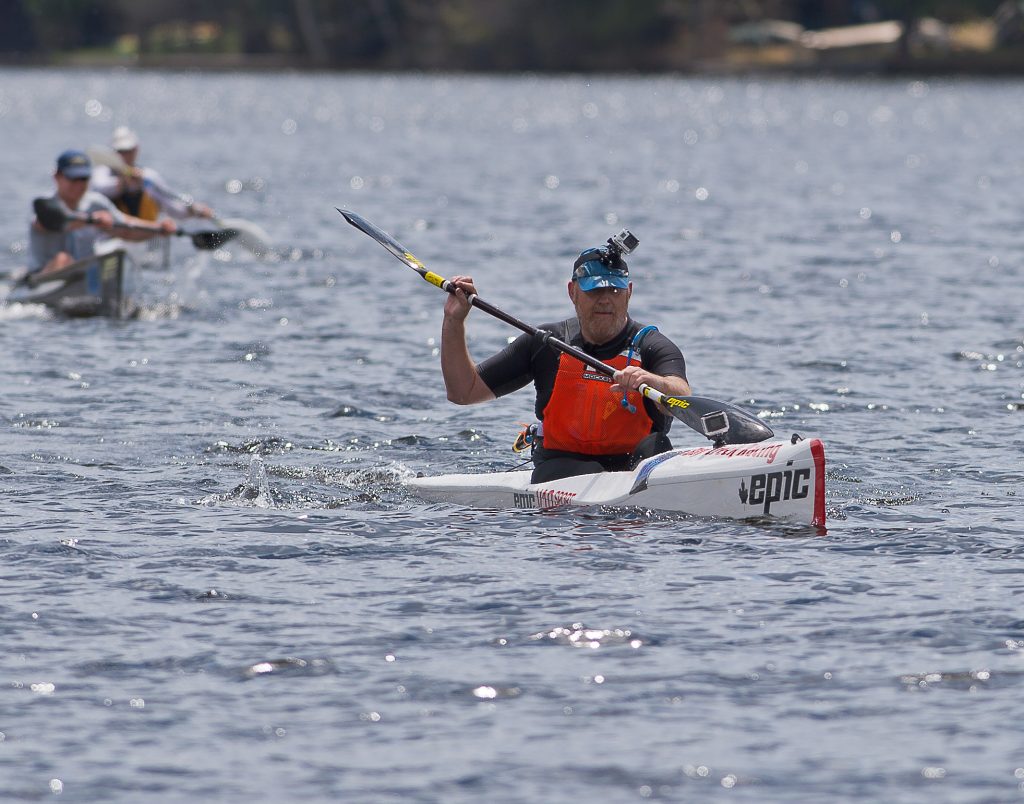
It was an awesome race, and we had great results as a team. Jim and I were first and second in over 50, and the youngster Pete was second in under 50. Matt Skeels ended up beating Jim by half a boat length or so, so he won the overall and was first in under 50.
And it wouldn’t be a race if something weird didn’t happen. Vicki and I packed up the car afterward, and she drove because I was so tired. But we got back to Doug’s place and I realized that I’d left my paddling clothing drying on the v-rack on the drivers side of the car, figuring I’d see it when I got in to drive off. But because I hadn’t driven, I hadn’t noticed it, and Vicki hadn’t been looking for it either. So we drove from Doug’s place back to the town of Saranac Lake. We found my top just where you accelerate away from a sharp corner in town, and my bottoms soon after the town speed limit ends and you accelerate to highway speed. Whew. As if I hadn’t lost enough kayaking gear so far this year.
Official results are at http://www.macscanoe.com/2016-rtm-results.html

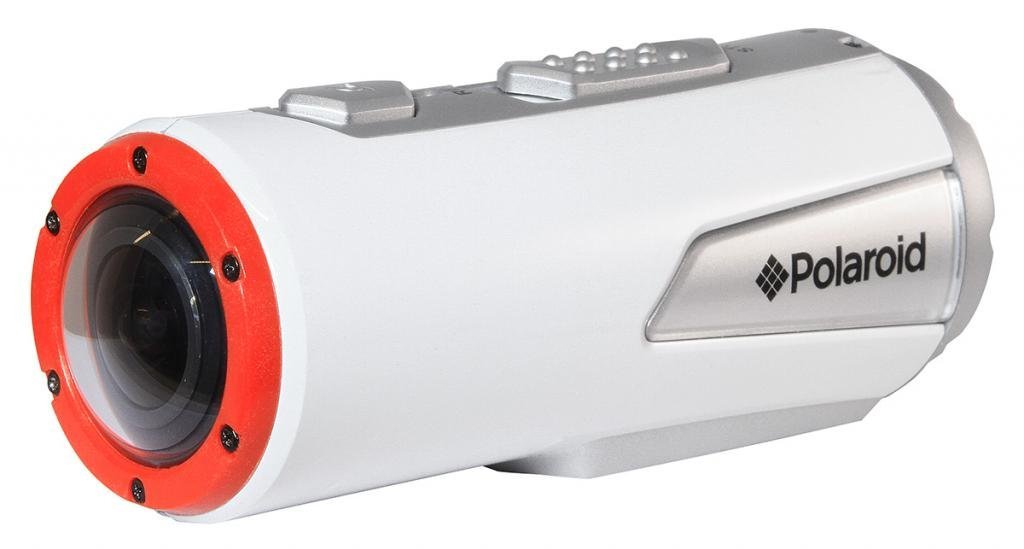 It’s a very nice action camera, except just like the others it has lousy battery life. I got one for a present, and was very impressed with the picture quality. It’s not as light as a GoPro, so I didn’t think I’d want to wear it on a headstrap, but mounted on the boat it did well recording some of the shorter races. But the battery ran out on the Canadian Surfski Champs, which is a bit longer race. So I decided to do something about it.
It’s a very nice action camera, except just like the others it has lousy battery life. I got one for a present, and was very impressed with the picture quality. It’s not as light as a GoPro, so I didn’t think I’d want to wear it on a headstrap, but mounted on the boat it did well recording some of the shorter races. But the battery ran out on the Canadian Surfski Champs, which is a bit longer race. So I decided to do something about it.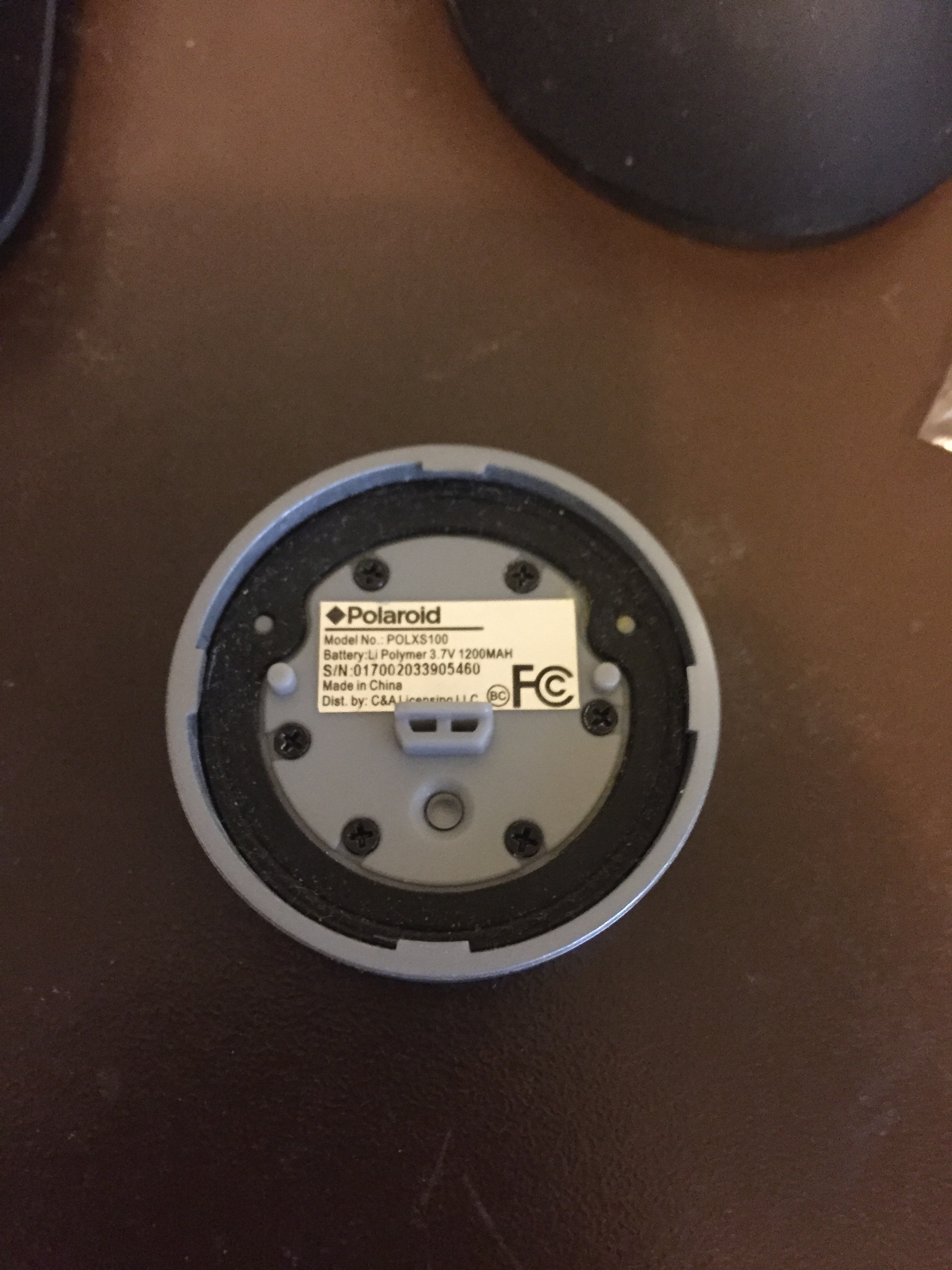 . It covers the back of the camera where the USB charging port and the SD card slot live.
. It covers the back of the camera where the USB charging port and the SD card slot live.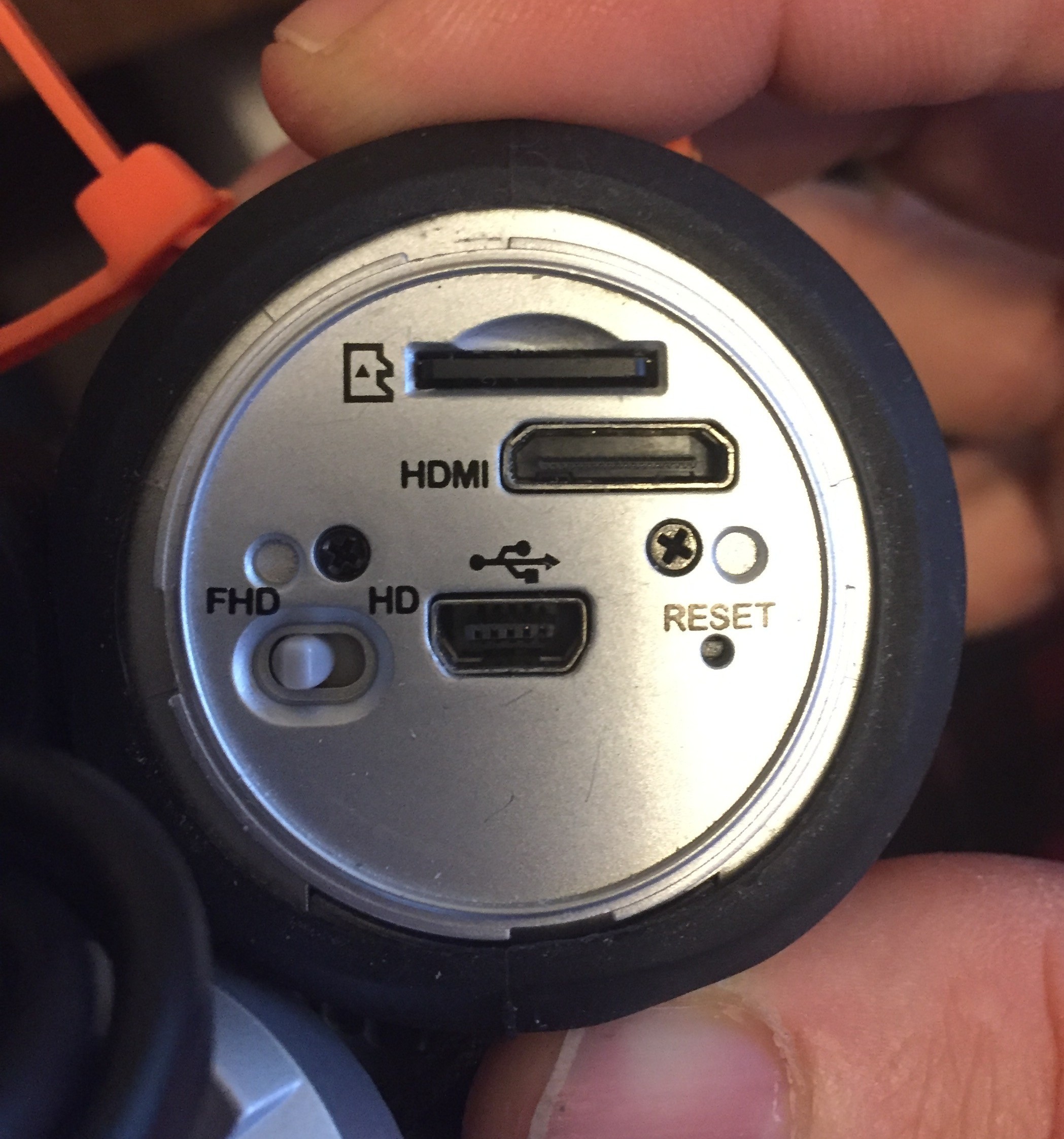 .
. 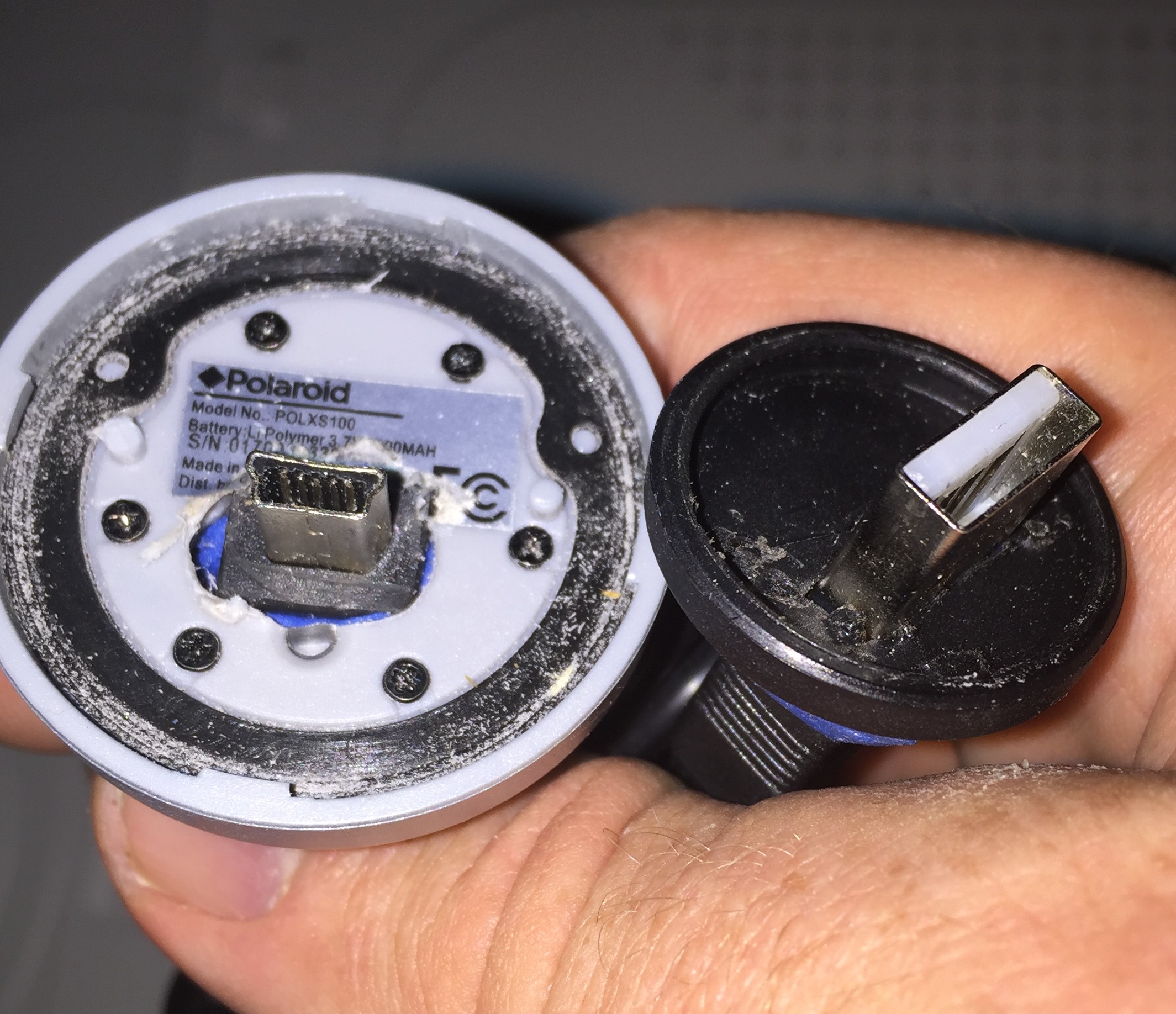
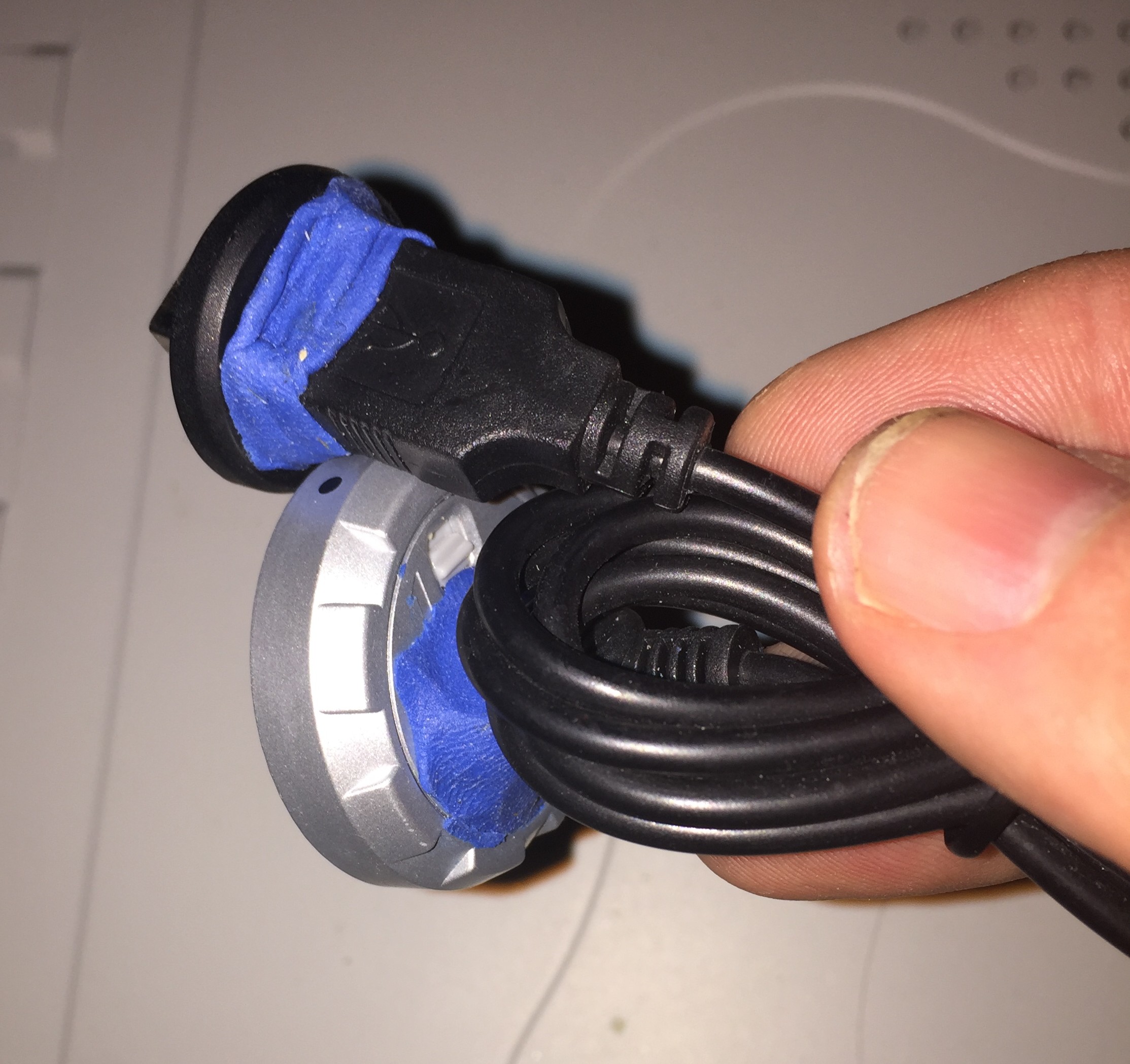 .
.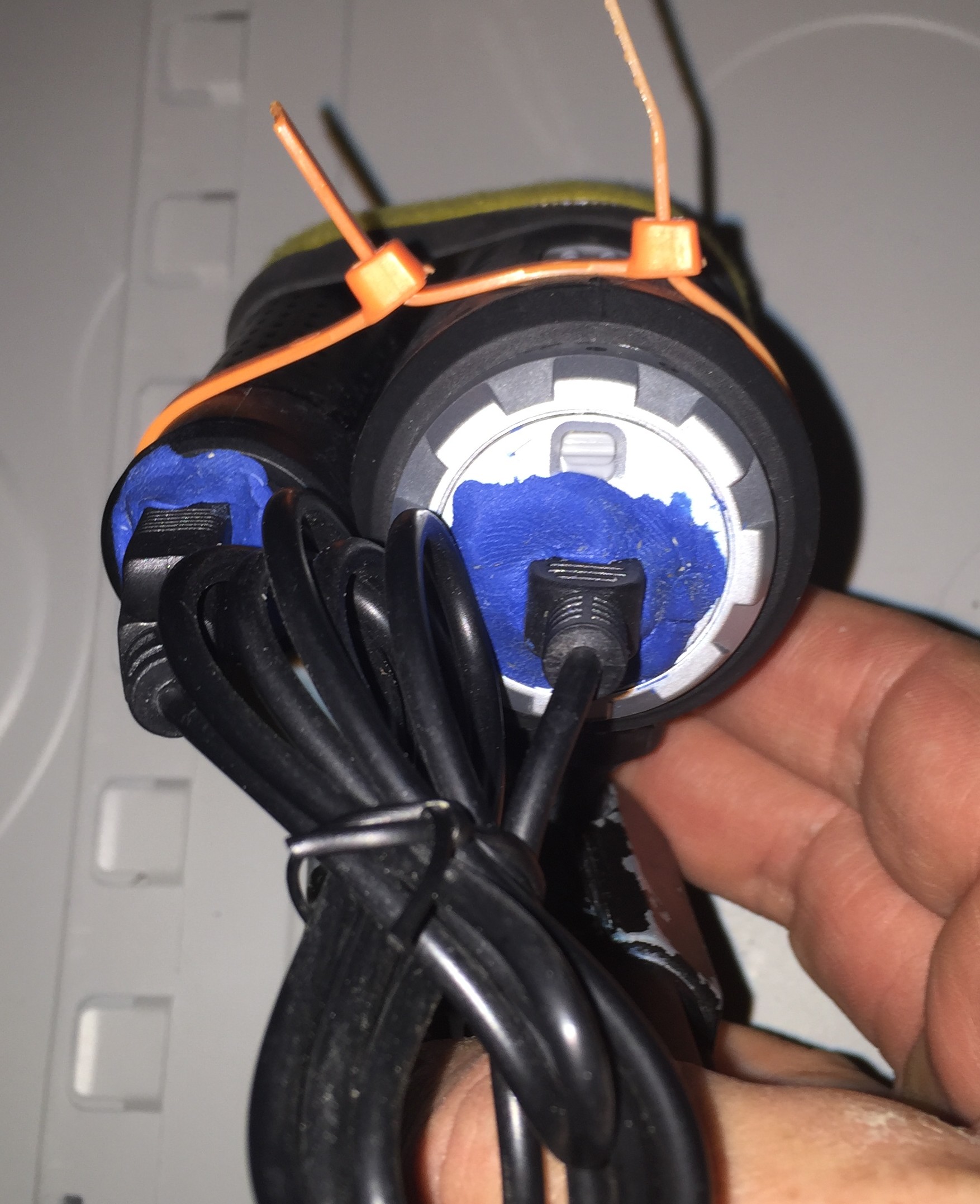
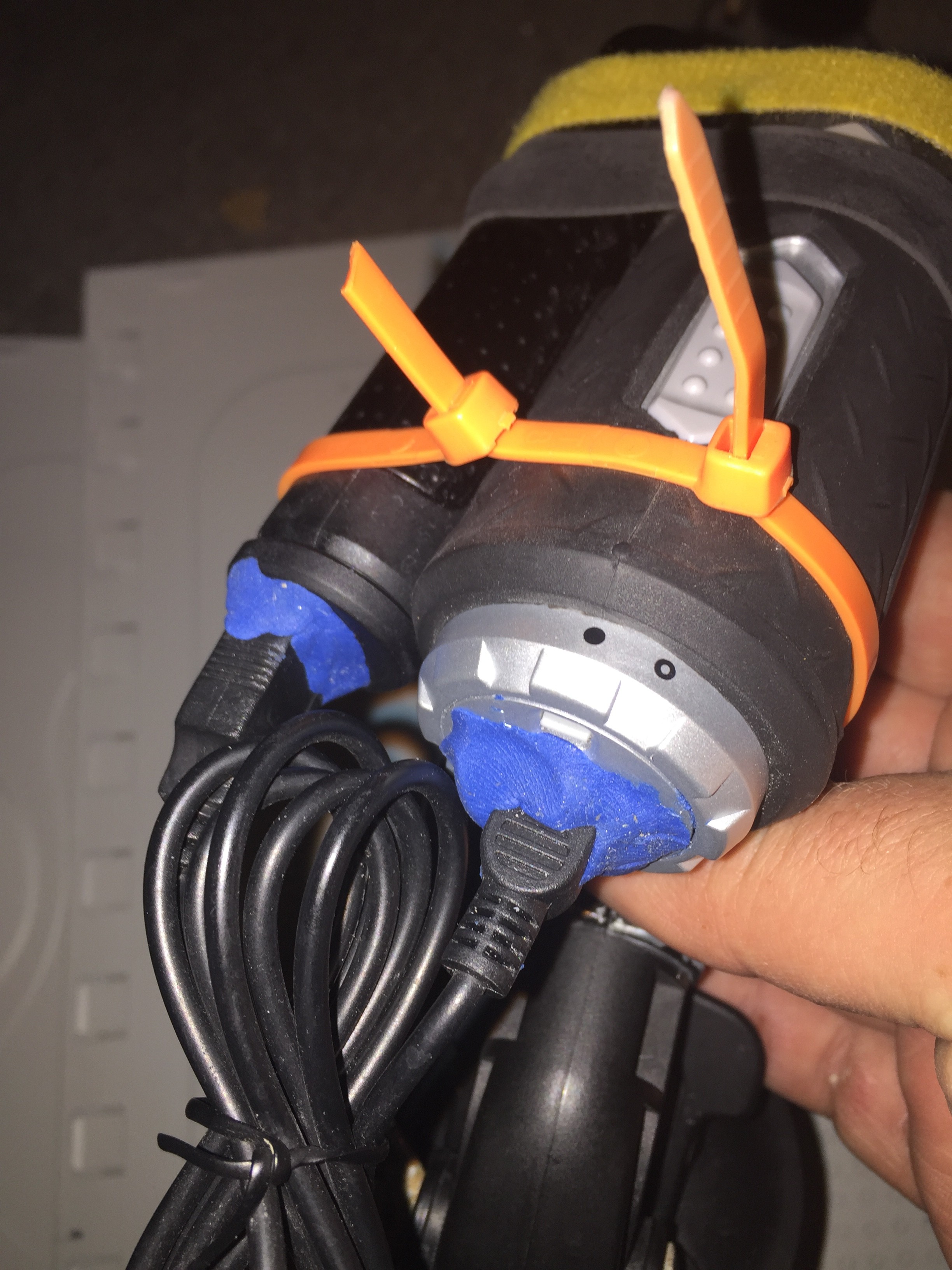 The battery is now semi-permanently zip tied to the side of the camera. The camera is on a
The battery is now semi-permanently zip tied to the side of the camera. The camera is on a